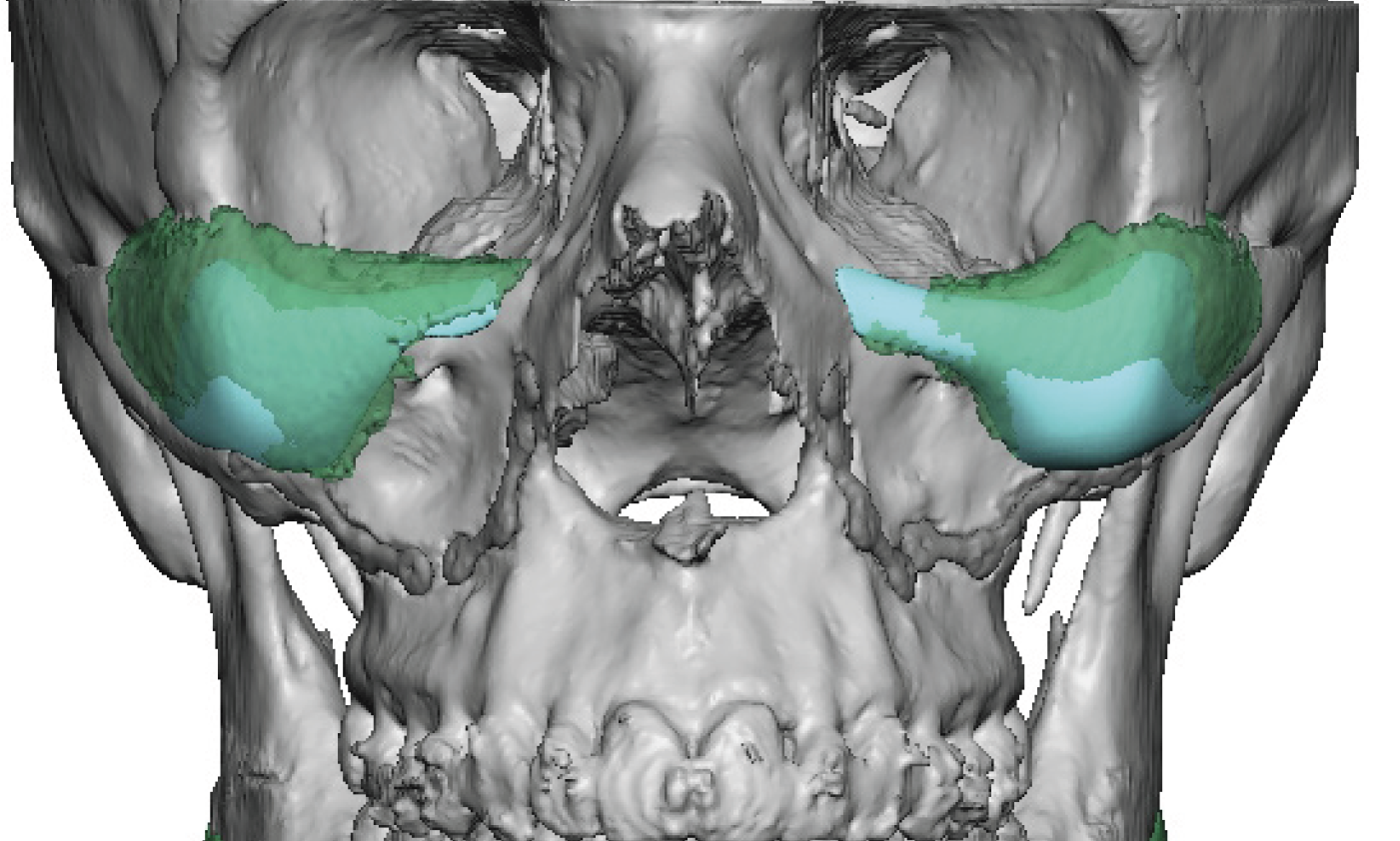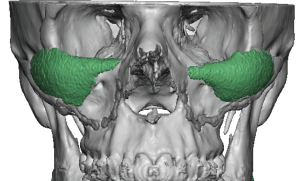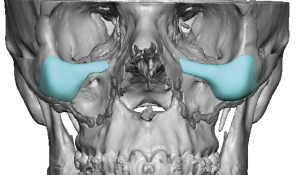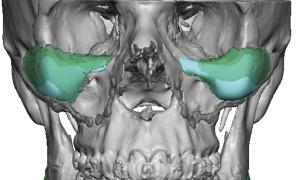Background: The custom infraorbital-malar (IOM) implant is a novel midface augmentation method. Unlike standard cheek and tear trough (infraorbital) implants, this custom implant ties together the front and side of the midface for an overall largely horizontal skeletal expansion effect. This is particularly relevant as many midface deficiencies are often a combination of the two areas. (e.g., negative orbital vector) This provides a novel permanent augmentation method effect not able to be achieved by injections or standard implants.
The IOM implant design is the most common midface implant because of the wide variety of effects it can create. While often having nearly equal infraorbital and malar components either the front and side component can dominate based on the patient’s aesthetic needs. (greater infraorbital than malar or greater malar than infraorbital) The beauty of its custom design is that it can be composed of any shape and dimensions that are needed.
But an important element of any implant’s success, standard or custom, is placement. Patients understandably assume that because it is a custom implant that provides assured placement…when exactly the opposite may be true. Custom implants are almost always larger by surface area so their placement can be more challenging than standard implants.
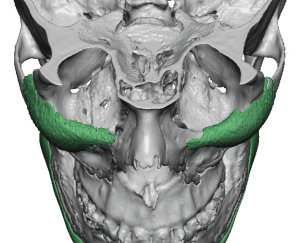
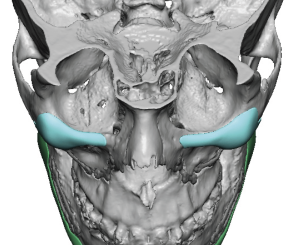
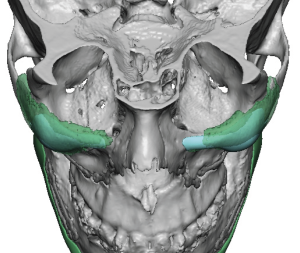
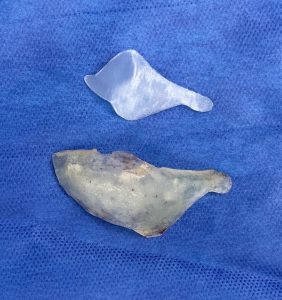
Custom facial implants are no different than other aesthetic implant surgery from one perspective. For many patients a successful first surgery is the last one and the implant(s) remain in place for a lifetime. But for other patients their aesthetic desires/needs can change and what looked good to them when they were younger may change over time and replacement surgery is desired.
Key Points:
1) Infraorbital-malar implants are the most common custom midface implant.
2) Over time some patients may want smaller or even bigger augmentation effects as their aesthetic tastes change.
3) Replacement of a custom infraorbital-malar implants through a lower eyelid incision has less recovery than their initial placement.
Dr. Barry Eppley
World-Renowned Plastic Surgeon

